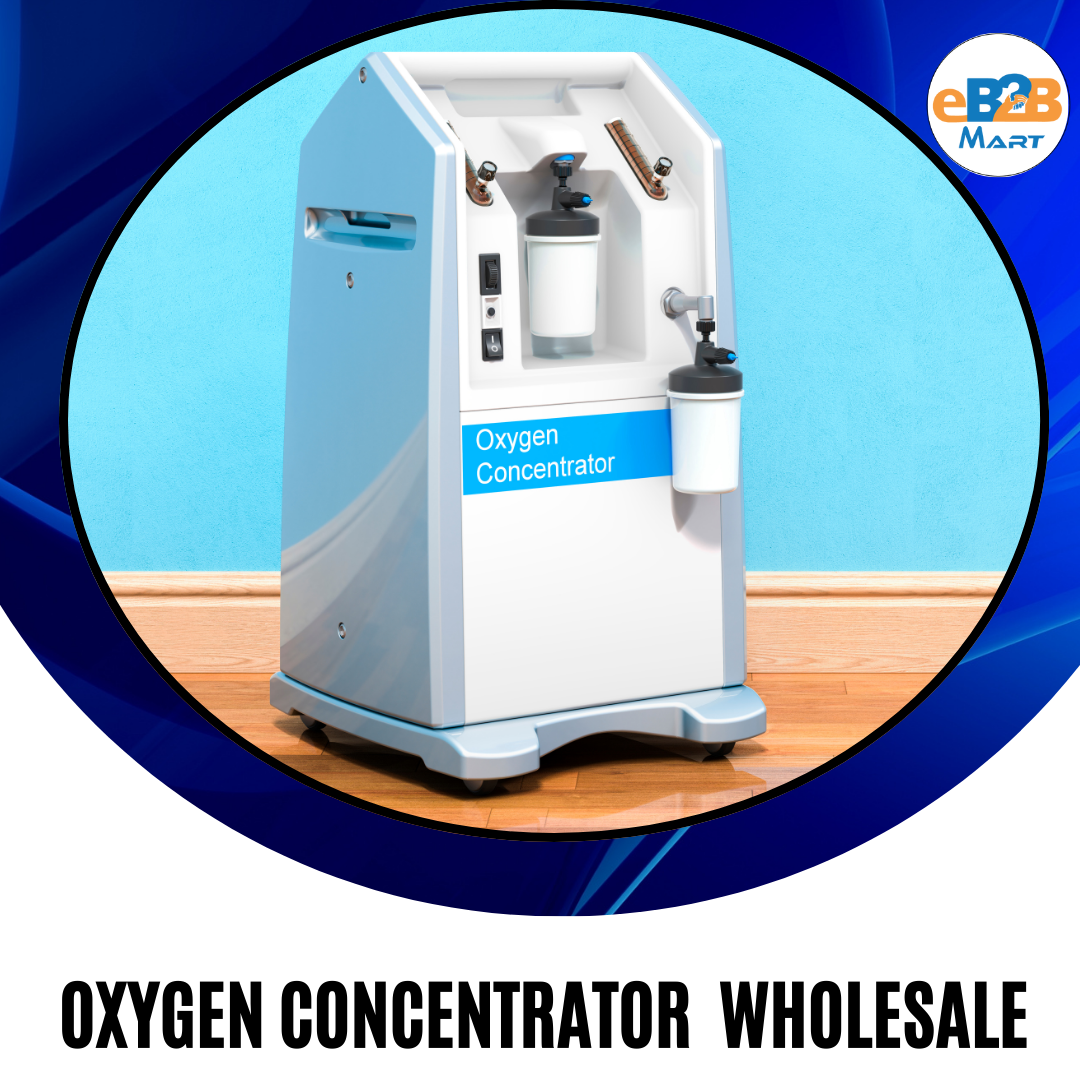
Introduction
Every second counts in a cardiac emergency. Sudden cardiac arrest (SCA) is one of the leading causes of death worldwide, and immediate action is the key to survival. While CPR (cardiopulmonary resuscitation) is vital, an Automated External Defibrillator (AED) can dramatically improve survival chances by restoring the heart’s normal rhythm. Today, AEDs are not limited to hospitals—they are increasingly installed in workplaces, schools, airports, shopping malls, and public spaces to make life-saving technology accessible.
What is an AED?
An Automated External Defibrillator is a portable, easy-to-use medical device designed to analyze the heart’s rhythm and deliver an electric shock if needed. This shock, called defibrillation, helps re-establish normal heart activity during cardiac arrest. The most remarkable aspect of AEDs is their user-friendly design—even individuals without medical training can operate them, thanks to clear voice prompts and visual instructions.
Why Are AEDs Important?
Rapid Response – In cardiac arrest, every minute without defibrillation reduces survival chances by 7–10%. AEDs enable immediate action before professional medical help arrives.
Accessibility – Compact and portable, AEDs can be placed in offices, schools, gyms, airports, and even carried by first responders.
User Friendly – With automated voice instructions, AEDs guide the rescuer through each step, making it simple for non-medical users.
Proven Effectiveness – Studies show that early defibrillation using AEDs significantly increases survival rates.
Key Features of an AED
Automatic Rhythm Analysis – Detects abnormal heart rhythms and decides whether a shock is required.
Simple Operation – Step-by-step voice and visual commands ensure ease of use.
Safety Measures – AEDs only deliver a shock when necessary, eliminating the risk of inappropriate use.
Portability – Lightweight and battery-operated, suitable for public and private settings.
Data Recording – Many modern AEDs record usage data, which can be shared with healthcare providers.
Who Should Have an AED?
AEDs are no longer restricted to hospitals or ambulances. Today, they are recommended for:
Workplaces and Factories – To protect employees in case of sudden cardiac emergencies.
Educational Institutions – Schools, colleges, and universities where large groups gather.
Public Spaces – Airports, shopping centers, train stations, and stadiums.
Fitness Centers and Sports Clubs – Athletes and fitness enthusiasts are at higher risk of sudden cardiac arrest.
Residential Complexes – Community housing or senior living facilities.
The Business and Social Value of AEDs
For organizations, investing in AEDs is not just a regulatory compliance or CSR initiative—it reflects responsibility towards employees, customers, and the community. Having an AED on site enhances workplace safety, demonstrates preparedness, and builds trust among stakeholders. More importantly, it empowers ordinary people to save lives in critical moments.
Conclusion
An Automated External Defibrillator (AED) is a true life-saving device that bridges the crucial gap between sudden cardiac arrest and professional medical intervention. Easy to use, reliable, and highly effective, AEDs have transformed emergency response worldwide. By adopting AEDs in workplaces, institutions, and public spaces, we can create safer environments and give countless individuals a second chance at life.
Every minute matters—an AED can make the difference between life and death.



Write a comment ...